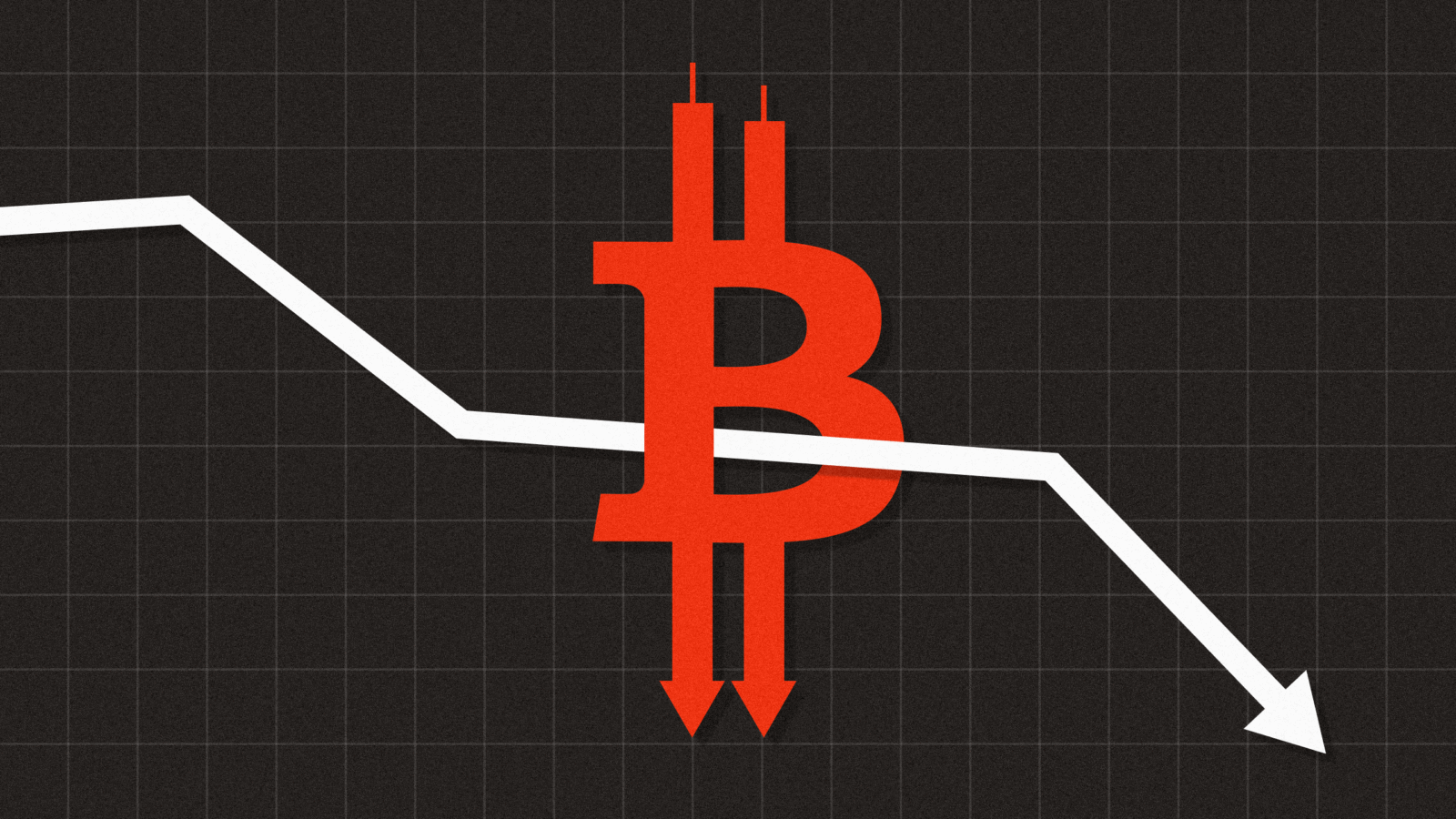BlackRock’s Tokenized ETFs Are Only The Beginning, CEO Says
Tokenized securities are moving closer to a reality as issuers make plans to bring more assets and funds on-chain.

Sign up for exclusive news and analysis of the rapidly evolving ETF landscape.
Tokenization was once just a whisper in the wind. Now, it’s a scream.
Investment giant BlackRock, which boasts more than $13 trillion in assets under management, has made tokenized ETFs a top priority, CEO Larry Fink confirmed on an earnings call last week. Fink, who said that the crypto industry is set to grow “rapidly,” is calling for more regulatory clarity as his firm builds up the technology required to tokenize both its ETFs and traditional securities. The move is the latest by one of the industry’s largest issuers to merge the worlds of traditional and decentralized finance and bring tokenization — and with it, instantaneous transactions — to the mainstream. The hurdle for issuers remains a lack of guidance, experts said.
“The challenge with all the various tokenization projects to get ETFs or stocks on the blockchain is that we don’t actually have a legal structure to allow this,” said Dave Nadig, director of research at ETF.com. “What there aren’t right now are clean legal and regulatory rails for this kind of activity … I’m not holding my breath.”
Taking a Page from Prometheum’s Playbook
While BlackRock’s move to tokenize ETFs would be a significant step toward decentralized finance, issuers are still some distance away from fully on-chain securities, said Aaron Kaplan, founder and co-CEO of Prometheum. Although having digital representations of ETFs can speed up the transaction process, it still wouldn’t allow for immediate movement of the underlying stocks, which remain off-chain. Another roadblock is the lack of infrastructure and cybersecurity safeguards, Kaplan added, particularly if on-chain assets are going to be held digitally by a custodian. “You have to have the cybersecurity, the blockchain technology, the operational security — everything else that’s required in order to protect the keys,” Kaplan said. “Because in the event that the actual custodian gets hacked, they could take those [on-chain] assets and make them disappear.”
Still, Kaplan predicts tokenized on-chain assets, which now account for more than $30 billion, will soon be sold in public markets, particularly as agencies continue signaling their support. Issuers’ concerns about receiving a regulatory letter if they tried using blockchain have dissipated since the Trump administration came into office, he added. “When it comes to securities, you have to have the proper licenses and the technology to conduct such activities,” he said. “[This is] as opposed to the cryptocurrency space, which has been a little bit more Wild West-y.”
Just Around the Corner. Really. As the ETF industry enters a transitional period, with markets moving from electronic to digital transactions, Kaplan anticipates that expanding on-chain trades beyond crypto products is coming — probably in the fourth quarter of 2025 or early 2026. “Initial use cases will be ETFs of bundles of underlying cryptocurrencies,” Kaplan said. “As more assets move on-chain, you’ll be able to create additional ETF products and other structured products and the like … It just makes paramount sense.”











